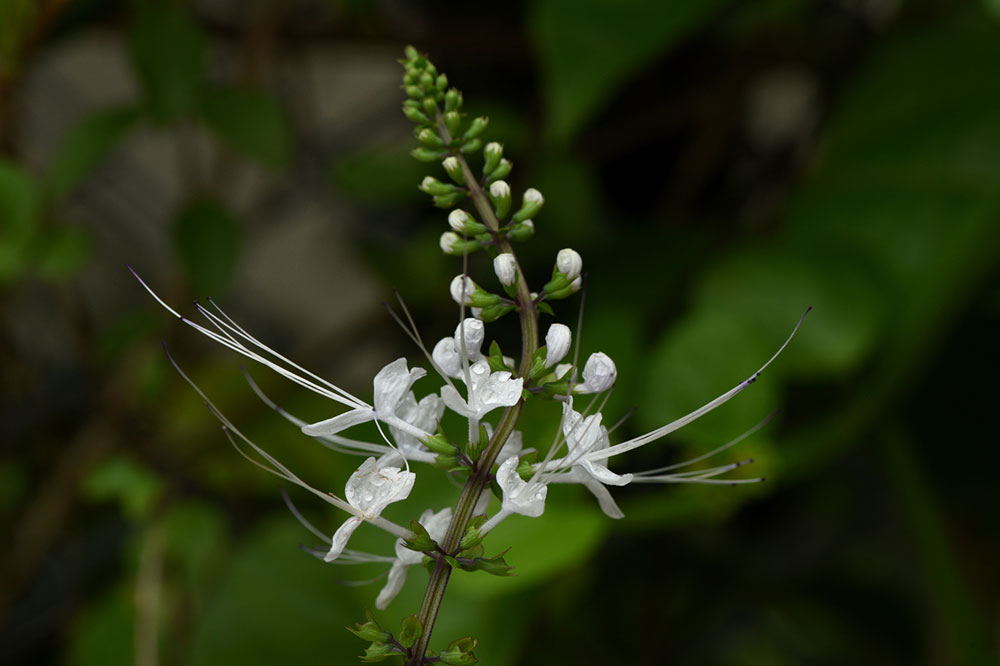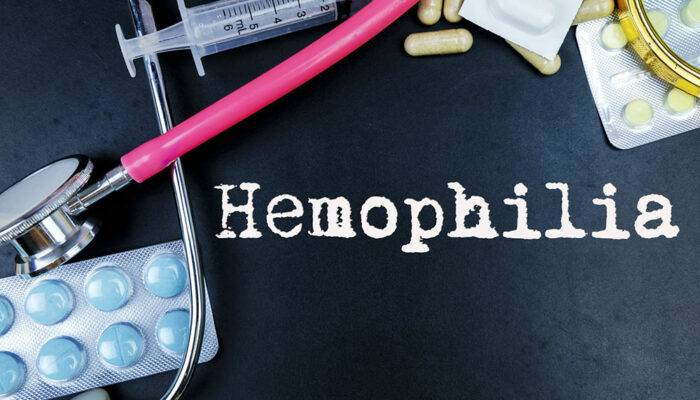
6 Houseplants Toxic for Cats
Pets or plants? This is one of the most common dilemmas that many people often face when they have furry friends. Cats are habitual to munching on plants leaves, and as a pet parent, it is your responsibility to ensure their safety. While plants are one of the healthiest ways to beautify your home, it is equally crucial to know about some of these houseplants that are toxic to cats.
1. Lilies
While “lily” is used as an umbrella term, there are approximately 90 species of this houseplant that have one thing in common – all types of lilies are poisonous to cats. Although the toxic agent present in lily is unknown to date, the symptoms of ingestion might include vomiting, inappetence, instant kidney failure, and death in rare cases.
2. Jade
If you do not have a green thumb, then jade can be one of the most easy-to-maintain houseplants that are known for being a lucky charm as well. Also known as Chinese/Japanese rubber plants, these houseplants can be dangerous for your feline friend. On eating these houseplants that are toxic to cats, they might develop symptoms such as vomiting, depression, and a slow heart rate in rare cases.
3. Aloe vera
Known for its medicinal properties, these beautiful houseplants can be extremely poisonous to your cats. These plants contain a purgative called anthraquinone glycosides. These toxins are known to upset cats’ stomachs. The symptoms include vomiting, diarrhea, anorexia, change in urine color, tremors, etc.
4. Rhododendron
Also known as rosebay or azalea, these ornamental house plants might lure your curious cat to munch on it. Although these plants are mainly used outside the house, many people use the miniature bonsai of this houseplant. Seeds, leaves, stem, and flowers, every part of this plant contains toxic resins called grayanotoxin, and it can lead to some hazardous symptoms if ingested. These symptoms might vary from one pet to another, but some of the common ones include diarrhea, vomiting, and coma in rare cases.
5. Catnip
Are you thinking about keeping a catnip houseplant to entertain your cats? Well, you might need to think again because these fun-to-look houseplants can actually put your cat’s health in danger. While the ingestion of catnip can lead to sedation in some cats, others might feel overstimulated. Vomiting and diarrhea are another most common symptoms of eating these houseplants that are toxic to cats.
6. English ivy
Famous for its tree-climbing features, these beautiful houseplants are potentially extremely dangerous to your cats. Also known as sweetheart ivy, this houseplant contains a toxin called triterpenoid saponin. These toxic substances are found in chemical form, and ingestion can lead to itchy mouth along with gastrointestinal issues: these include diarrhea, vomiting, abdominal pain, and heavy salivation.
Now that you know about these houseplants that are toxic to cats, always check with your vet before buying any plant. Your cats might develop some of the non-threatening to dangerous allergic reactions if they ingest these houseplants. Still, you must always visit your vet for proper treatment.



